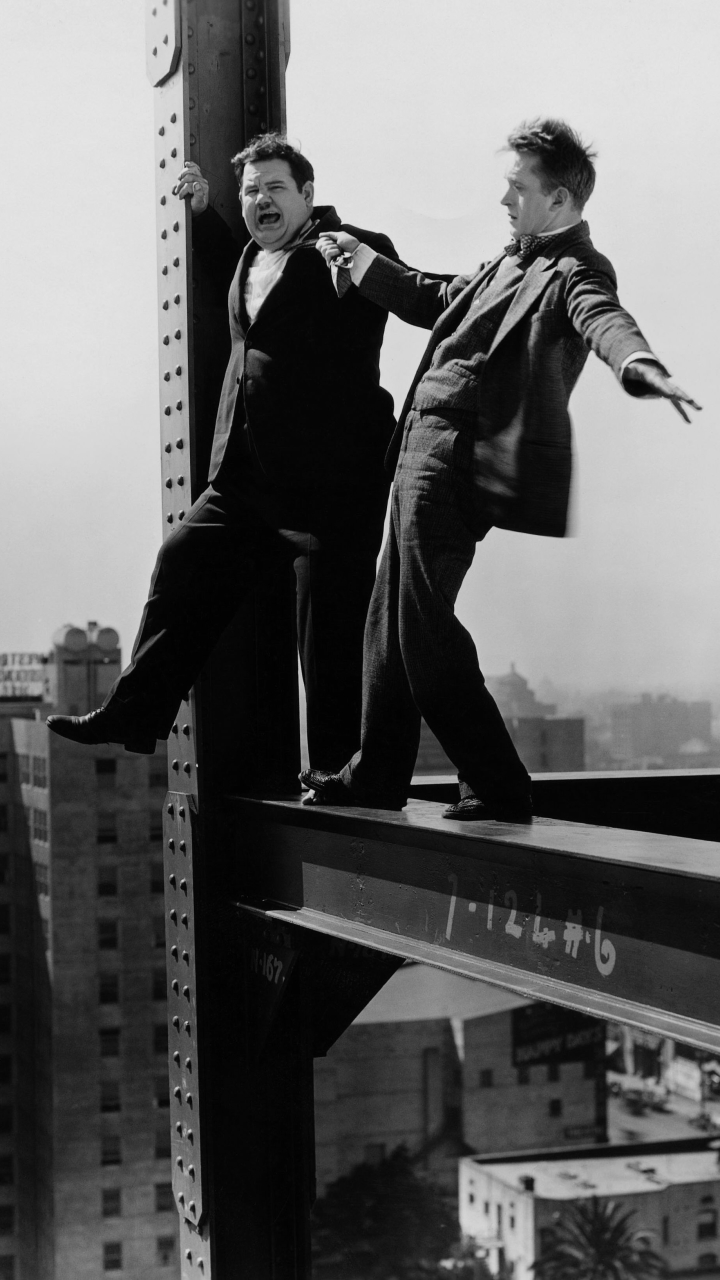If students are writing a text-based essay, are they studying the text closely and analyzing how the author conveys the message, or merely locating words as “text evidence” without any analysis of how that evidence supports a position? It’s the difference between playing a game and doing the practice drills. Rote memorization or copying down words are drills—perhaps important, but certainly not requiring deep thinking. Critical thinking, at its deepest level, is playing a game—tapping into and applying a variety of skills within the context of making decisions and solving a problem.

If you ever find yourself tapping into this mindset, ask yourself how you can shift your role from “telling” students how to complete a task to “modeling” how it could be done and then posing a question or problem that requires a novel application of that skill. That automatically changes the role of the student from memorizing rules and information to applying them critically.
Tasks that require strategic or extended thinking (as defined by Norman Webb’s Depth of Knowledge/DOK levels) are not meant only to be done independently—at least not initially. So an effective strategy for engaging all students in critical thinking is to break the students into small groups to work together to puzzle through a problem.
This promotes discourse that refines reasoning and problem-solving skills—answering questions such as, what are we being asked to do?
What information or resources do we need?
What steps will we take?
Discourse is not cheating! It’s increasing access and engagement for all students to become deeper independent thinkers.
Myth # 2: Critical thinking has to be difficult.
Critical thinking doesn’t necessarily have to be ‘hard’ to qualify as critical thinking.Taking the DOK framework as an example, DOK 3– and DOK 4–type tasks are meant to be greater in complexity, not simply more difficult to do! This goes back to the heart of what critical thinking is—pulling apart the pieces to determine what they are and how well they work together. It might be describing why there are flaws in an author’s chain of logic or in a scientist’s experimental design.
Complexity is about applying an understanding of the overarching schema, digging deeper into the concepts, and being creative in finding more than one way to play the game.
Myth #3: Multiple-Choice questions can adequately assess critical thinking.
I couldn’t disagree more with this myth. It just doesn’t make any sense when you consider the level of engagement with content that is required by DOK 3 and 4 tasks. DOK 3–type questions, which focus on strategic thinking, can be assessed with what I call “weaker” multiple-choice items.
However, does selecting the “best” option, such as locating supporting text evidence for a stated theme, yield as much insight to teachers as actually observing and listening to how a student formulates an answer? It’s both the process and product of formulating an answer that uncover true understanding. DOK 4–type tasks require extended time, as well as extended thinking and reasoning.
As a matter of fact, when students begin to explain their reasoning, you may discover that students who did not get the correct answer actually have a deeper understanding than some students who did.
Myth #4: ‘Higher-order thinking’ means ‘deeper learning.’
I’ve found that many “higher order thinking” activities ask students to analyze, evaluate, or be creative with content without deepening their knowledge of the content. For example, “what if?” questions can be fun and provide engagement that helps students to build some foundational knowledge; however, the products of these learning activities don’t automatically translate to evidence of deeper or more insightful thinking.
The critical thinking examples found in the Hess Cognitive Rigor Matrices for DOK 3 or 4 are meant to spur students to not only interpret, but to convincingly justify their interpretations. To move from higher order thinking “lite” to deeper thinking, you must shift the mindset and learning expectations toward going beyond the foundational understandings to deeper understanding, deeper applications, and deeper kinds of analyses.
Myth #5: Multi-Step tasks always result in critical thinking.
Many multi-step tasks are learned routines—important to learn, but still considered DOK 1.
Think about long division. It has many steps and can be hard to do, but it is still a routine operation, done the same way each time. Contrast the long division assignment with researching a topic, which also has many steps. Here, students might begin by building some foundational knowledge (e.g., learning new vocabulary/DOK 1; making connections between concepts or examining cause-effect relationships/DOK 2).
Then they might move to locating sources to help them answer an issue-based question from varying perspectives. Each step of this process involves some strategic thinking to determine relevance and accuracy of information and to evaluate the validity of sources used. And now, one final caution—remember that simply reading more texts or analyzing more data sources in the same routine ways doesn’t automatically lead to deeper thinking. Unless you are diving deeply into the material to study theme, style, or the underlying meanings that can be derived, it’s just drills, not playing championship games.
Dr. Karin Hess has more than 30 years of deep experience in curriculum, instruction, and assessment. She is a recognized international leader in developing practical approaches for using cognitive rigor and learning progressions as the foundation for formative, interim, and performance assessments. During Critical Thinking LIVE, a one-day professional development seminar hosted by Mentoring Minds, a national publisher of K–12 critical thinking educational resources, Dr. Hess delivered the keynote address, “Shifting Teacher and Student Roles: An Essential Component to Thinking that Leads to Transfer.

